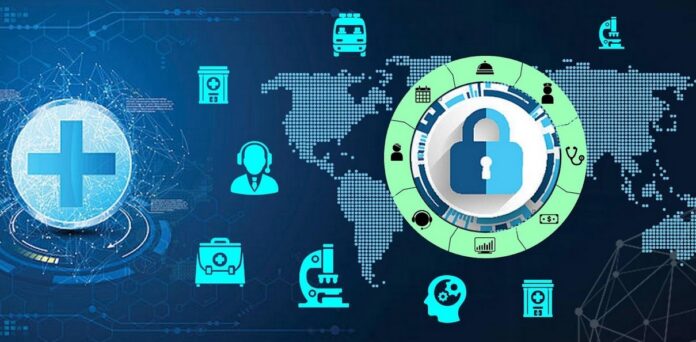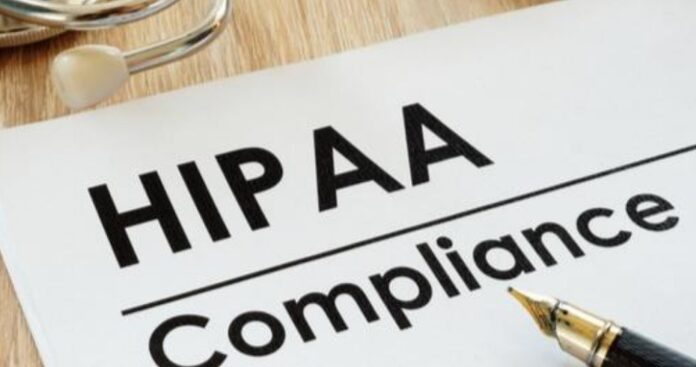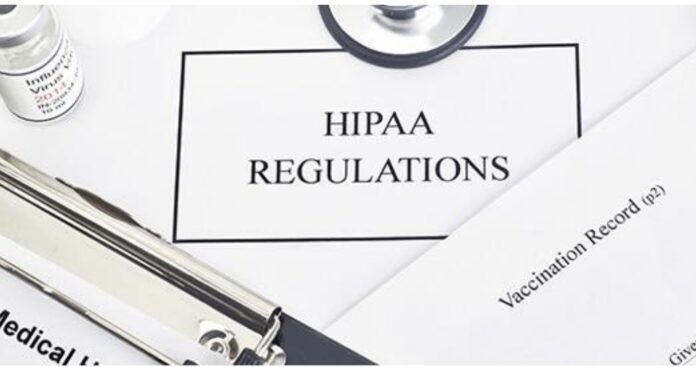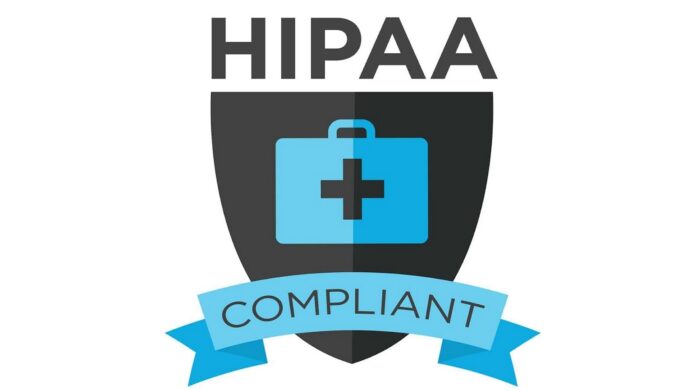Implementing eFax services helps care practitioners simplify documentation transfers and overall fax messaging procedures. eFax allows businesses to maintain privacy when distributing clinical records, including online document authentication. It eliminates the need for paperwork, physical fax machines, and printers.
HIPAA-compliant eFax simplifies data transfers and document reception.
Faxing still plays a crucial part in sending and receiving private patient information, however, some doctors, hospitals, and other healthcare organizations still prefer HIPAA efax solutions over other messaging tools and methods for sending medical documents.
What is HIPAA eFax Compliance?
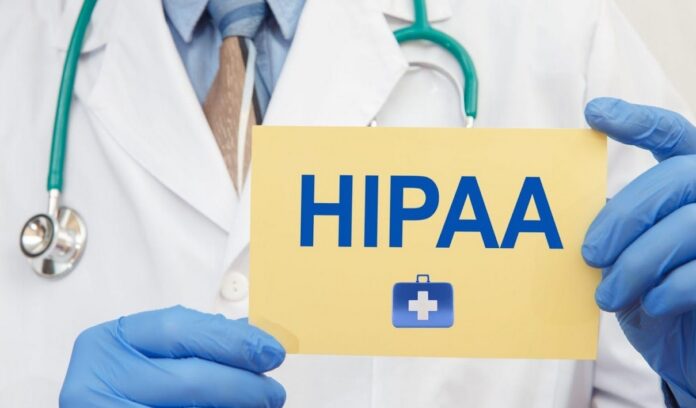
Medical institutions and doctors send and receive fax messages virtually without requiring a host computer, using the well-known Web faxing service eFax. As an alternative, faxes may be transmitted using any device with an Internet connection, including computers, laptops, and mobile devices.
Health services still send and receive patient records by fax and, more subsequently, through electronic faxing over the Internet, most prominently via eFax. The majority of healthcare firms must remain concerned with eFax’s HIPAA compliance.
Healthcare providers (HCPs) continue to communicate medical papers by fax, such as:
- Doctor’s orders
- Clearance and related reports
- Laboratory testing and health history
- Documents for payment and other paperwork
- Prescriptions from associated pharmacies
- Consultations
How do eFax services work?
The fundamental operating principles of traditional fax transmissions apply to internet faxing as well. The key difference is that it utilizes a web interface as opposed to a traditional fax machine.
Many eFax service providers give everyone who signs up for their products a contact number they may use to send and receive faxes. These services can convert email files so that fax machines can receive them.
How is eFax different from Email?
At first glance, eFax and emails with attachments may seem precisely the same product. However, the distinctions seen between the two are minute and significant. It is extremely tough to secure email servers, particularly with the number of spammers and internet assaults increasing. End-to-end cryptography and other security precautions are available with fax, however, there is no method of ensuring that an email would be equally as secure.
Are eFax Services reliable?
The majority of eFax service providers are HIPAA compliant and guarantee end-to-end encryption. This ensures that your documents are secure throughout storage and management. eFax’s improved security measures and added safety make it the safest method to send and receive faxes.
In a poll of administrators, 61% of healthcare organizations still transmit and receive customer records, prescriptions, recommendations, and protected health information through conventional fax machines. The reasons differ, but the simplicity of use and accessibility appeal to the 50% of participants who believe fax will be a significant or dominating communication tool in the future.
eFax Services provide a number of sophisticated attributes and functionality, including global coverage, communication records, edge security, high-volume faxes, and user-friendly platforms, creating an enticing alternative for firms seeking to flourish in the competitive marketplace of today.
Shifting to an electronic fax service offers indisputable advantages, including:
- Reliability and low unpredictability – You no longer require the connections, wires, and cumbersome devices that occupy valuable workspaces. What you require is a network connection and a computer, notebook, or mobile device.
- Expenses are reduced significantly because there is no costly apparatus or infrastructure to maintain.
- Increased speed in sending and receiving huge files.
- Complete privacy
- HIPAA, GDPR, GLBA, and other regulations are all met.
- User-friendliness has been improved.
Using HIPAA-Compliant eFax to Improve Your Healthcare Business
1. Improved Patient Compliance and Secrecy
Compliance with HIPAA’s strict industry requirements is a top priority for healthcare organizations and associated stakeholders. Nevertheless, guaranteeing that your services are HIPAA compliant requires time, investment, and ongoing resources, both technical and physical.
A protected web fax distribution solution immediately streamlines practically all parts of healthcare record communications, which remain vital today. This not only implies faster and more efficient services within your company but also removes the risk of noncompliance from your neck – versus traditional fax infrastructure.
2. Increased Data Protection
Several of HIPAA’s most stringent standards focus on safeguarding and protecting PHI. Given that healthcare is one of the most targeted sectors, and with enormous expanses of recorded health records and personal documents, health care providers cannot afford to be complacent. Organizations must always remain alert, watching their systems, implementing cybersecurity measures, and collaborating with suppliers to reduce today’s and tomorrow’s hazards.
3. Simplified Accountability
Another part of HIPAA compliance is accurate and secure documentation of information, transactions, and processes. HIPAA-compliant faxing is no exception, and institutions that do not maintain sufficient traceability face substantial penalties and punishments if discovered to be non-compliant.
The vast volume of faxes and fax-related interactions obtained in the care sector needs a comprehensive, efficient monitoring system that tracks and records for all contact. A cloud-based fax API system provides the following benefits:
Comprehensive Data Record: The fax API software can track all data actions, such as adds, removals, downloads, and information queries. This is step one in creating a simple auditable policy for healthcare clientele.
The system logs every user engagement, allowing you to subsequently explore and categorize data using existing administration interfaces or other associated APIs and online applications.
Fax Logs: Because the platform logs all sent and received fax, you get a single trail for seamless fax audits. A simple traceability framework is in place for each audit petition or regulatory check.
Yearly SOC2 Reports: A comprehensive report on the network infrastructure that hosts your PHI, covering its servicescape, methods, upgrades, and processes, so you may be confident that your data governance is HIPAA-compliant.
HIPAA-Compliant Fax Removal: The solution supports enterprise online file removal, alleviating yet another regulatory problem for several organizations or service hosts.
4. Seamless App Integration
Through specifically designed Web Service APIs, you may integrate your patient’s or your own present computer apps and software. With this software connection, corporate activities are less likely to be interrupted, staff training is cut down, and organization may continue as usual. Additionally, you may complete jobs like HIPAA-compliant fax to emails conversion or HIPAA-compliant link sharing in a few easy clicks with many simplified software packages.
5. Improved Patient Treatment
By establishing a direct connection between service providers, digital cloud fax technology helps reduce communication gaps. Electronic faxes are just as simple to send as emails, but they are more secure and can be added to the patient file, making it simpler to follow a patient throughout care settings. Additionally, new solutions may convert fixed fax into interactive, accessible, and actionable data that can be included in a patient’s record using natural language processing technologies, optical character recognition, AI, and machine learning.
6. Greater Business Flexibility
Since PHI fax can arrive at any time, traditional faxing necessitates that your workers stand in front of the fax machine to make or receive a fax, which slows effectiveness and response and jeopardizes your HIPAA compliance.
The business staff may receive, review, comment, transmit and verify faxes from any location with an internet connection thanks to digital cloud fax technology. To make and send faxes directly from their computers, staff can utilize a desktop or mobile app, web browser, or business email. Modern cloud fax systems provide intelligent fax routing by allowing your team to define rules that automatically send faxes to the correct recipient and store them in the proper folders for archiving.
How Can Healthcare Practitioners Pick the Best HIPAA eFax Solution?
The Health Insurance Portability and Accountability Act (HIPAA) sets the benchmark for handling private patient records. To achieve HIPAA Compliance, organizations that work with protected health information (PHI) should put in place and adhere to physical, digital, and procedural security precautions.
HIPAA compliance is required of all organizations (those who provide medical services, billing, and administration) and strategic partners (those who have access to personal information and assist with those activities). Contract workers and all other associated business partners must likewise comply, as must other companies.
- Ensure that your service provider of choice signs the Business Associate Agreement (BAA).
- A HIPAA-compliant eFax solutions provider does not impose automatic obligations on clients. Neither do they establish bonds of responsibility on involved parties.
- Try and ensure to add cover pages if necessary. HIPAA regulations state that when transmitting patient records through fax, a cover page must be included to conceal the sent material’s contents.
- Exhibit the HIPAA waiver, and identify your intended target.
- Make sure the user interface is friendly. You can increase productivity and send documents quickly and simply by switching from the outdated fax system to the contemporary cloud-based fax system.
Final Thought
In addition to the duties associated with providing care on a daily basis, organizations are now expected to demonstrate their capacity to coordinate care. Since patients migrate across care environments, real data portability has long been predicted but hasn’t materialized, upsetting physicians and hindering smooth care.
Healthcare operations may be streamlined, and enjoy smooth document exchanges between providers is made possible by digital cloud fax technology.

